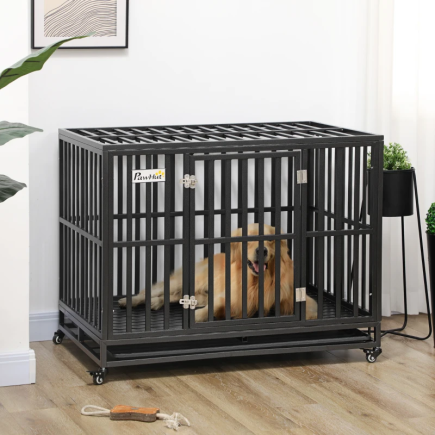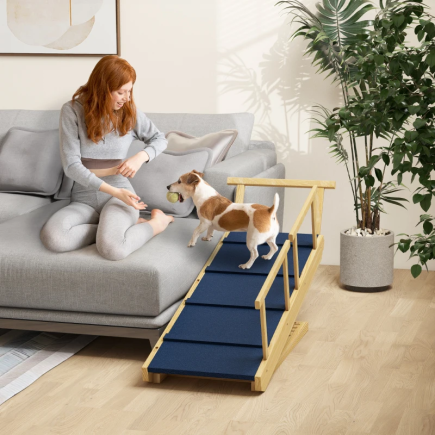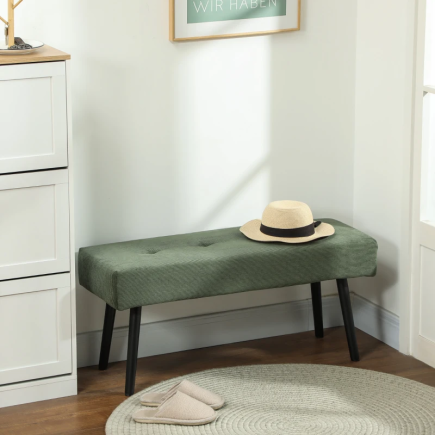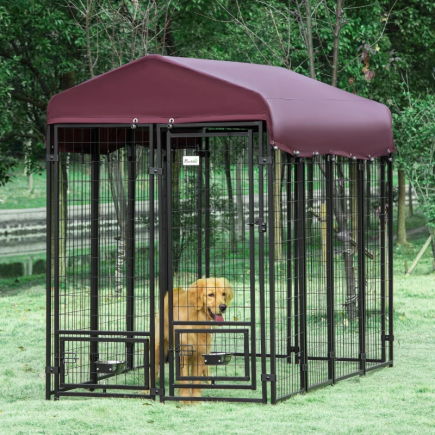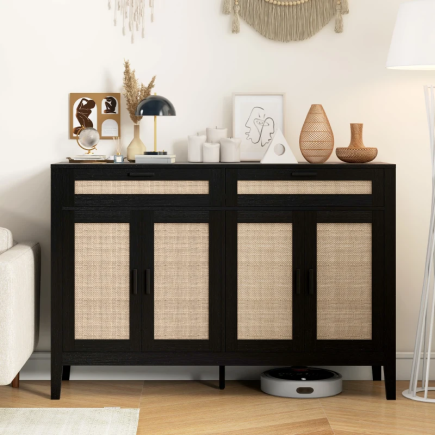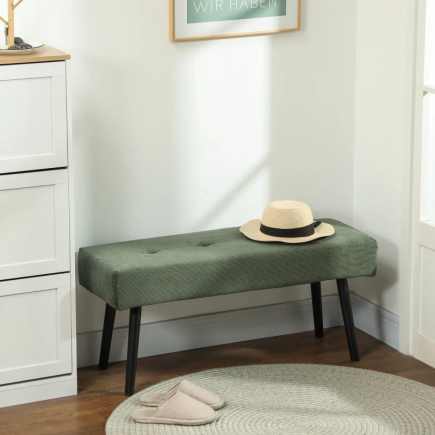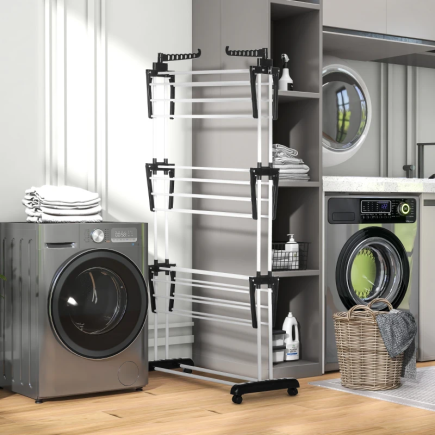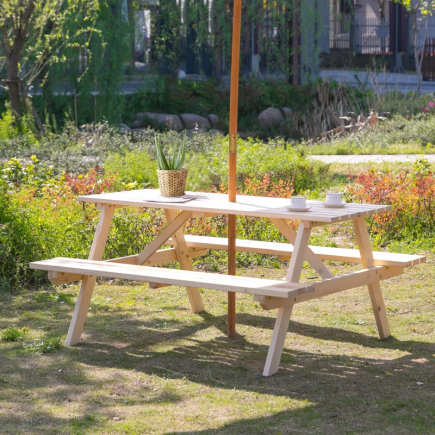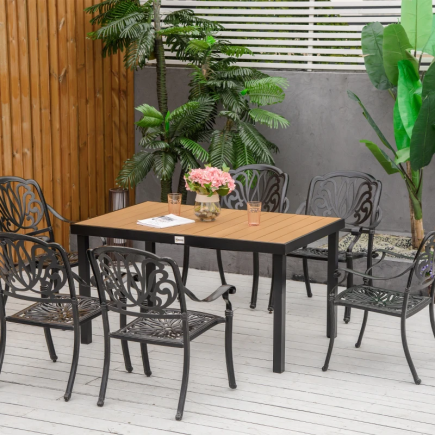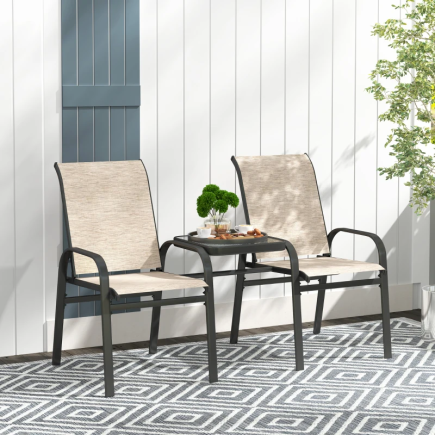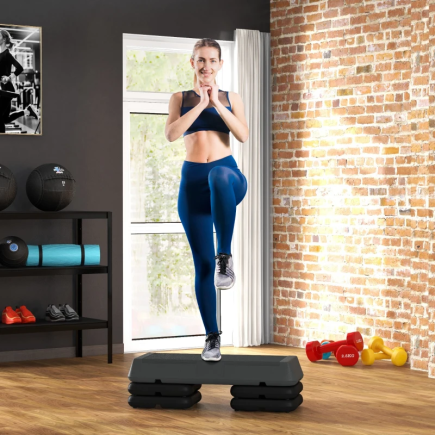
Choosing the right tables can redefine your living space, making it both beautiful and functional. Coffee tables and side tables may seem similar at first glance, but they fill distinct roles in your room. Below you’ll find a clear, organized comparison so you can select and style these pieces with confidence.
1. Understanding the Basics
Let’s start with what sets these tables apart at their core:
- Coffee Table:
Large, low, and placed centrally in front of sofas, coffee tables are designed as communal surfaces for drinks, snacks, décor, and more. They often serve as a visual anchor in the living room.
- Side Table:
Sometimes called end tables or accent tables, side tables are much smaller and usually positioned beside a seat or bed. Their main job is convenience holding a lamp, book, drink, or remote within easy reach.
Key Point: Coffee tables are for sharing; side tables are for personal use.
2. Dimensions and Design Features

Both types of tables vary in size and shape, but general trends can help guide your choice.
| Feature | Coffee Table | Side Table |
| Height | 16–18 in (below seat) | 20–26 in (matches/slightly above armrest) |
| Surface | Wide and expansive | Small and minimal |
| Weight | Heavier and stable | Light and movable |
| Shape | Usually rectangular, oval, or round | Round, square, or unique |
Tip: Ensure enough clearance coffee tables do best with around 15–18 inches of space from seating, while side tables should sit flush with or just below the armrest of a chair or sofa.
3. Main Functions and Uses

Understanding how each table works in your daily routine will help you decide which best fits your space.
- Coffee Table:
- Main surface for snacks, drinks, and remotes when entertaining
- Display space for books, flowers, trays, or art
- Focal point for room design
- Often includes storage (shelves, drawers, lift-tops)
- Side Table:
- Keeps essential items close at hand
- Offers a spot for lamps, picture frames, or drinks
- Flexible for tight spaces, reading nooks, or as nightstands
- Some designs offer drawers or baskets for small-item storage
4. Style and Material Choices

Coffee tables and side tables share a world of design options, but their materials and look should suit their purpose.
- Coffee Tables:
Created as statement pieces wood, glass, metal, and even marble are common. Their size allows bolder shapes and finishes.
- Side Tables:
Often more streamlined, designed to complement, not dominate. You’ll find wood, glass, metal, and stone in compact, versatile forms.
Design Advice: For cohesive style, coordinate finishes or shapes between your tables, but don’t feel pressured to create a perfect match mixing materials can add depth and interest to your room.
5. Placement for Function and Flow
Where you place these tables is just as important as which one you choose.
- Coffee Tables:
- Centered in front of your main seating area
- Should feel accessible from all seats
- For balance, aim for about two-thirds the length of your sofa
- Side Tables:
- Positioned beside seating or beds
- Can work as nightstands, plant stands, or entryway accents
- Tuck neatly into tight spots where other furniture won’t fit
Always maintain good circulation and don’t overcrowd your space.
6. When to Use Each Table (or Both)
Which is best for you? Consider your lifestyle and room.
- Coffee Table:
- Great for open plans and social settings
- Perfect if you host often or love a dramatic centerpiece
- Side Table:
- Best for small rooms or where flexibility is key
- Ideal for providing convenience near every seat
Pro Tip: Most homes benefit from both a central coffee table for shared use and one or more side tables for personalized comfort.
7. Coordinating Coffee and Side Tables

Pairing these tables smoothly in your room isn’t complicated:
- Choose related (not identical) colors and materials for visual harmony
- Keep varying heights for a layered look coffee tables lower, side tables at seat-arm level
- Use coffee tables for shared needs and side tables for private ones
- Don’t over-furnish; ensure clear walkways and breathing room
A well-coordinated mix adds dimension and practical versatility to your space.
8. Creative Ideas and Common Myths
- Side Tables Are for More Than Just Sofas: Use them as plant stands, extra kitchen accents, or in hallways and bedrooms.
- Coffee Tables Don’t Have to Be Traditional: Try using a pair of large ottomans, clustered small tables, or even a big trunk for a fresh look.
- Matching Isn’t Mandatory: Blend shapes, heights, and materials for a custom effect.
- Storage Options Exist for Both: Many coffee tables offer drawers or lift-tops; some side tables add baskets or shelves.
Think outside the box when arranging your tables; they can adapt to almost any setting.
9. Quick Reference Comparison Table
| Feature | Coffee Table | Side Table |
| Placement | Center of seating arrangement | Beside chairs, beds, walls |
| Size | Large, anchoring piece | Compact, space-saving |
| Height | Lower than seating (15–18 in) | Seat/armrest height (20–26 in) |
| Use | Group activities, aesthetic focus | Individual convenience |
| Storage | Often included, more capacity | Limited, sometimes included |
| Visual Impact | Statement, focal point | Accent or support role |
| Mobility | Less mobile | Easy to move |
10. Buying Guide: What to Consider
Before buying, think through these essentials:
- Space: Measure carefully. Both table types should fit comfortably and not block walkways.
- Purpose: Do you entertain guests, need a display surface, or crave spots for personal items?
- Style: Match the mood of your décor modern, classic, eclectic, or minimalist.
- Material: Factor in family needs (sturdy for kids, easy-clean for pets, luxe for formal spaces).
- Budget: Decide which features matter most materials, storage, or versatility.
- Flexibility: If you like to rearrange your space, focus on lightweight, movable designs.
Tape out the table “footprint” on your floor to preview fit before making a decision.
Making the Right Choice for Your Home
In summary, Coffee Tables and Side Tables work together to serve your unique lifestyle. Coffee tables command the center ideal for shared tasks and design impact. Side tables bring personal convenience to every seat and spot in your home. Mixing both, in styles and placements that suit your needs, creates a room that’s organized, friendly, and inviting.
Choose with intention, prioritize comfort and flow, and let your tables shape a living space that’s truly your own.
FAQs
1. What size coffee table should I choose for my living room?
For a well-proportioned look, choose a coffee table that is about two-thirds the length of your sofa. Make sure there’s enough clearance around 15–18 inches between the table and seating. This allows for easy access and a balanced visual effect.
2. Can I use a side table in small rooms?
Yes, side tables are perfect for small spaces. Their compact size fits easily beside chairs or beds, providing convenient spots for lamps, drinks, or personal items. Consider choosing lightweight, movable designs for added flexibility.
3. How do I coordinate coffee and side tables in my living room?
Coordinate your coffee and side tables by choosing complementary colors and materials. Opt for varying heights, with the coffee table lower than the side tables, to create a layered look. This adds dimension without overwhelming the space.
4. Should my coffee table have storage?
If you need extra storage, consider a coffee table with built-in features like drawers, shelves, or lift-tops. This adds functionality while keeping the room organized and free from clutter, especially in smaller spaces.
5. Can I mix different table styles and materials?
Yes, mixing different styles and materials can add depth and interest to your room. Don’t feel pressured to match everything exactly, blend contrasting shapes, textures, and finishes for a unique, personalized look that suits your space.

